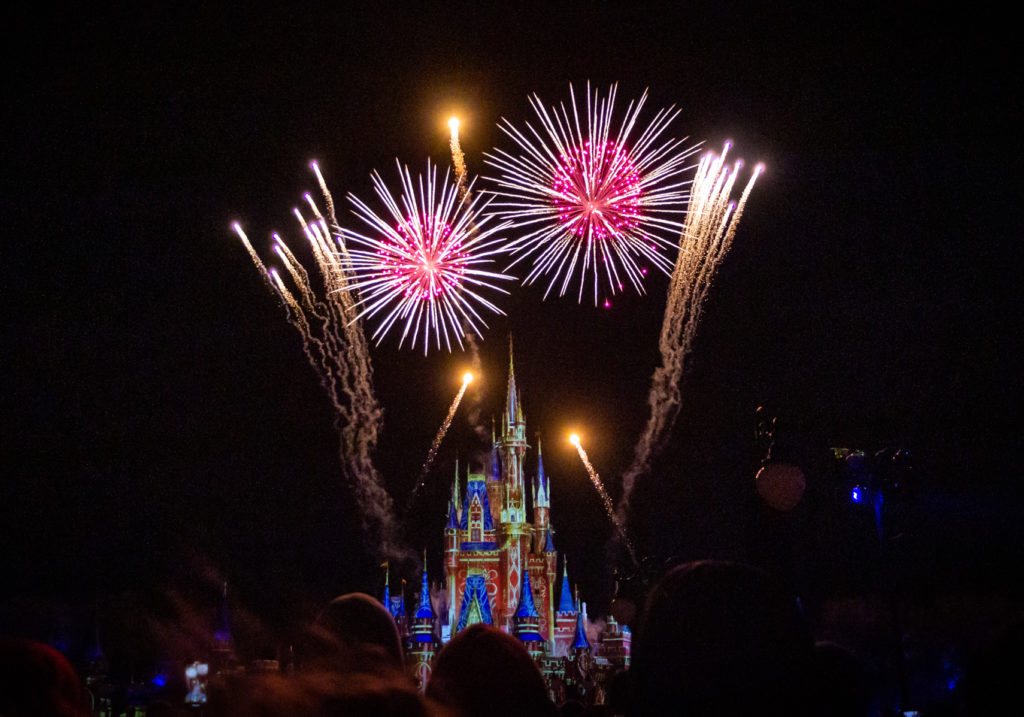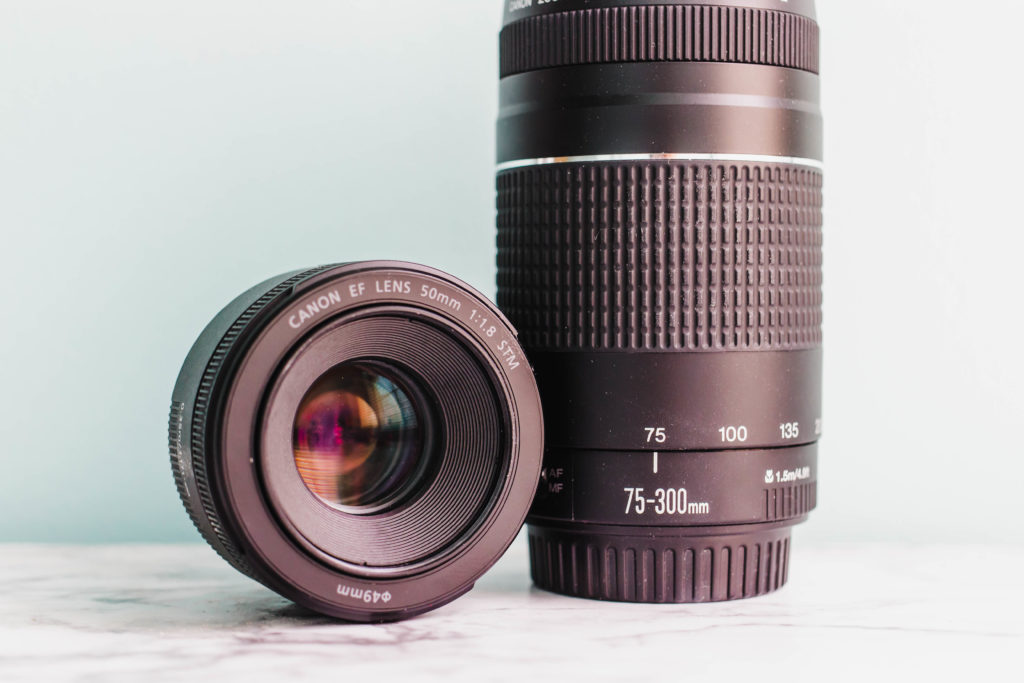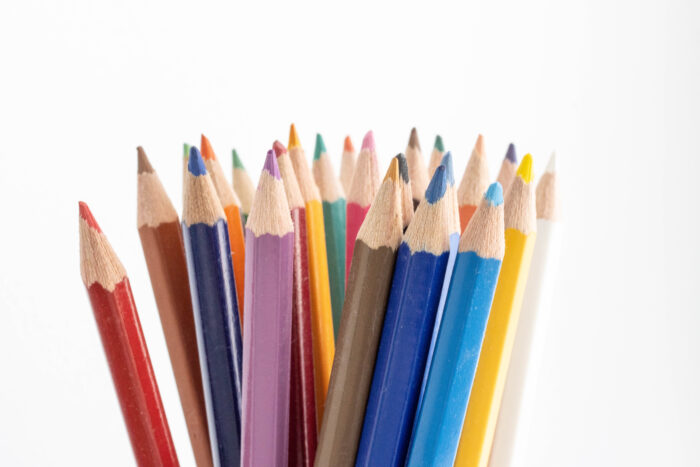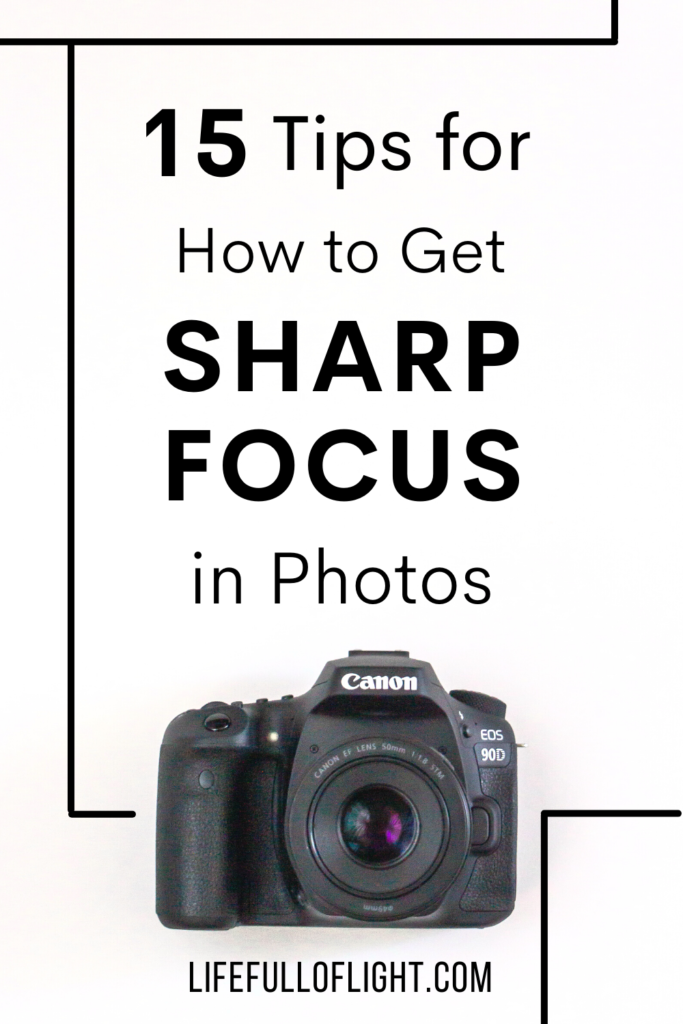One of the hardest things about learning photography is figuring out how to get sharp focus in photos. Nailing that tack-sharp focus seems like it would be the easiest part of taking a photo, but it can be surprisingly frustrating for new photographers!
When I first started practicing photography with my DSLR camera, my photos would sometimes be blurry whether I used manual or automatic focus. I just couldn’t figure out what I was doing wrong… until I mastered these 15 tips.
If you struggle with blurry photos too, you’ve come to the right place. In this article, I’ve listed everything a beginner photographer needs to know about capturing sharp photos no matter what environment you’re shooting in.
Whether you need to adjust your focus, use the correct camera settings, or figure out how to shoot in manual mode, taking photos with perfect, crisp focus will be a breeze once you know these photography tips.
This post may contain affiliate links. We may earn compensation when you click on the links in this post at no cost to you. For more information, see our terms and conditions. All opinions are my own.
1. Select the Center Focus Point
When using autofocus, it’s best to tell your camera which focus point you want to use instead of letting your camera decide. The center focus point is generally the most accurate.
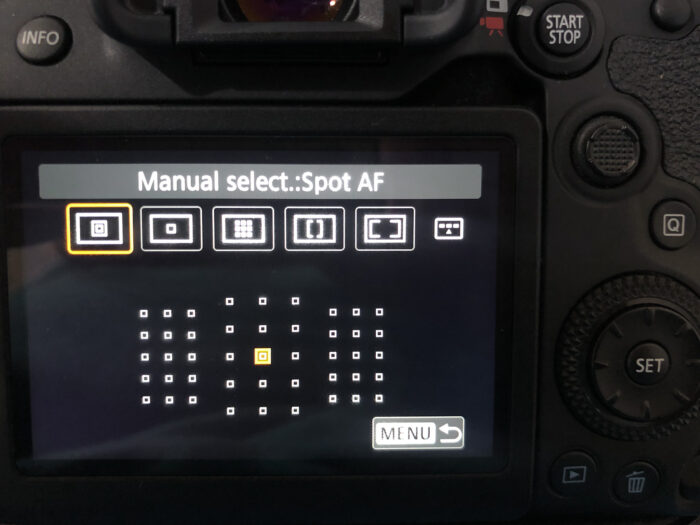
But what if you don’t want to position your subject in the center of the frame? To fix this, focus on your subject with the center point. Then, while half-pressing the shutter button, recompose your shot. Your focus will remain on the subject.
(Note: Half-pressing the shutter button will work only if you’re not using back-button focus, which is what I personally use. More on that in point number 3.)
If you want to read more about “recomposing” your photos, check out this blog post: Take Better Photos with Any Camera: Composition
2. Use the Correct Autofocus Mode
Autofocus is generally easier to use than manual focus when trying to capture that perfect shot. In low-light situations, such as when photographing the night sky, manual focus becomes necessary, but autofocus is usually better for other types of photography.
You need to select the correct autofocus mode out of 3 different modes for what you’re trying to shoot.
- AF-S (Nikon) / One shot AF (Canon) – This mode is best used with stationary subjects. It allows you to focus on your subject, and then recompose without refocusing on something else in the frame. This is ideal if you are using the center focus point but don’t want your subject to be in the center of the frame (such as when using the rule of thirds).
- AF-C (Nikon) / AI Servo (Canon) – This mode is for moving objects. The camera is continuously focusing on a subject as it moves as long as you have your shutter button half-pressed to focus. This is commonly used in sports and wildlife photography.
- AF-A (Nikon) / AI Focus AF (Canon) – This mode is a hybrid of the single shot and continuous modes. The camera will detect if your subject is stationary or moving, and focus automatically. However, the camera may not know exactly what you have in mind for the shot.
3. Switch to Back-Button Focusing
This tip was a real game-changer for me when I started learning photography. I struggled with getting tack-sharp focus in-camera, but switching to back-button focus instead of using the shutter button helped so much.
Some cameras, like my first camera (Canon Rebel T5), don’t have a button on the back of the camera dedicated to back-button focusing. For example, the Rebel T5 uses the zoom-out button to focus instead. When I upgraded to the Canon EOS 90D (pictured below), I made sure it had an actual AF focus button on the back because it was just that important to me.
Here’s why back-button focusing works better than shutter focusing: when half-pressing the shutter button to focus, you might press the button too hard and take a photo too early. Or if you don’t leave your finger half-pressed on the shutter button, you will have to keep refocusing and recomposing in between every shot. If you separate the focus and shutter into 2 different buttons, you won’t have that problem!
4. Focus on the Eye
For getting tack sharp portraits, it’s especially important to focus on the eyes of your subject. Specifically, focus on the eye closest to you. When looking at a person’s face, the first thing you notice is a person’s eyes, so that is what should be in focus more than anything else.
This is very important when shooting with a wide aperture like f/1.0-f/2.0. The wider an aperture, the shallower the depth of field. For example, if you are shooting at a wide aperture like f/1.8 with your “nifty fifty” lens, only a small slice of the photo will be in focus. It can be easy to get the nose or the ear in focus instead of the eye when shooting with such a narrow depth.
5. Use Good Lighting
Although light is one of the most important aspects of photography, it may seem like it doesn’t have much to do with focus. However, having enough light is essential to getting sharp focus, especially if you don’t have a high-end camera.
Help your camera out by shooting with a good light source so that it can easily distinguish your subject from the background. Using natural light from a window or while you’re outdoors is always great, but a built-in flash can also help.
Recommended reading: The Best Time of Day to Take Photos



